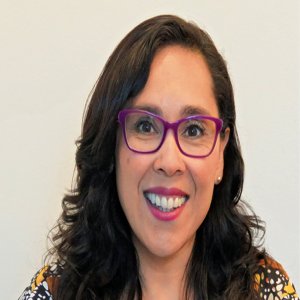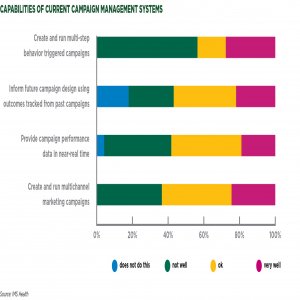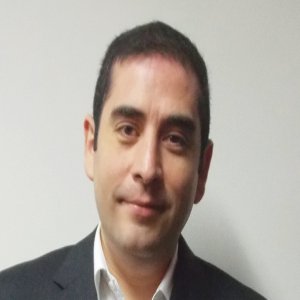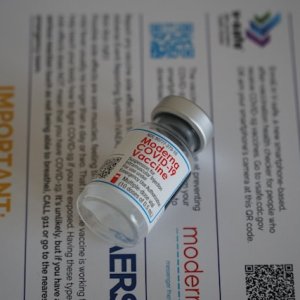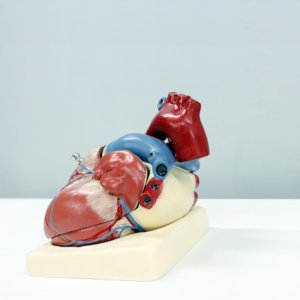Optimal Environment for Oncology Studies

STORY INLINE POST
Q: How have you tailored your local presence in Mexico to fit the particular market here?
A: We carry out both full service studies and embedded studies, the latter being a brand new department integrated into our infrastructure. We did this by acquiring a local CRO. We currently service around ten local contracts within the department of embedded studies alone. The embedded, or implanted model, involves situating a resource within the company to monitor the study carried out by client. This diversification has created a significant opportunity for us, although we still see demand for our full service studies. We find that the full service studies cater more to international needs, whereas the embedded research is mainly carried out locally, due to the higher level of control the option provides to the client.
Q: What type of training do you provide in order to keep employees up to date about the various industry changes?
A: Each member of our team, CRA or otherwise, undertakes an initial 30-day training program upon joining the company. The process involves training on local Standard Operating Procedures (SOPs), client SOPs and project-specific SOPs and this forms the basis of the CRA’s continued growth within the company. Every three months, PRA has a standard of issuing updated SOPs, since the industry is constantly changing, so all PRA employees are regularly retrained. Each CRA must also pass a quality visit, meaning that the functional manager monitors the CRA within the working environment, and this is carried out at least once or twice a year depending on the complexity of the study. It is not project-specific, but gives us an effective indication of the quality of the study, understanding of the study, and whether the sponsor requirements are being met. We also implement an annual online four-day CRA assessment, which gauges the training quality provided to the CRA and whether or not employees are up to date with developments in the current clinical research industry.
Q: How has the incorporation of technology impacted the way in which clinical trials are conducted?
A: Technology has created a significant change in monitoring, which impacts quality of training and the way in which quality reviews are carried out. Initially, it was difficult to adapt, but now we are able to implement risk monitoring on a daily basis with real-time data provided through technology. The systems facilitate the process and make us more detail-oriented. Further benefits of the technology we use include the fact that the client is given the same information that we see, and we are able to interpret results more quickly, meaning we can implement action plans within hours. An emerging market within clinical trials is mobile clinical trials, incorporating smartphones, meaning that in the future even a laptop will not be necessary.
Q: Do you think typical late diagnosis of cancer patients in Mexico is an opportunity for CROs like PRA?
A: This issue has a significant impact on PRA in particular, since the majority of our studies are conducted in oncology and we are a renowned company in this field. Around 75% of our studies centers on oncology, with roughly 25% constituting Central Nervous System (CNS) studies. There is definitely an opportunity in the field and there are two favorable factors for PRA. One is the fact that the Mexican population places great importance on physician-patient relationships, meaning that they do not tend to seek second opinions since they have an inherent trust in their primary care physician. The other advantage is the prevalence of late diagnoses in Mexico. Despite efforts by the government in campaigning for breast cancer awareness, there still exists a pronounced lack of education, meaning that poor populations generally do not understand the implications of the disease and do not seek medical treatment.
Q: How do potential clinical trial patients access information about relevant studies?
A: We have identified awareness-raising as an area in need of development. At the moment, we generally advertise through newspaper advertisements and word-of-mouth. Sometimes physicians provide recommendations and we also have doctors who specialize in certain diseases or conditions acting as oppinion leaders, who identify potential patients through their own practices and medical contacts. It is becoming easier to communicate with patient associations, who can facilitate discourse at a patient level. Additionally, social networking is now invaluable in terms of raising awareness, so we advertise through social media.
